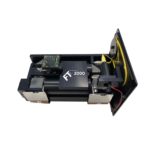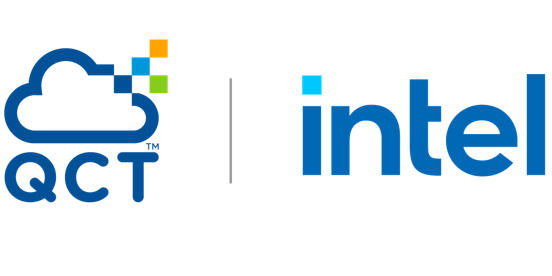Today Optalysys announced the FT:X 2000, the world’s first optical co-processor system for Ai computing. “It is a really exciting time in optical computing,” said Dr. Nick New, Optalysys CEO and Founder. “As we approach the commercial launch of our main optical co-processor systems, we are seeing a surge in interest in optical methods, which are needed to provide the next level of processing capability across multiple industry sectors. We are on the verge of an optical computing revolution and it’s fantastic to be leading the way.”
Optalysys launches FT:X 2000 – The world’s first commercial optical processing system
Optalysys Optical Processing Achieves 90 percent energy savings for DNA Sequence Alignment
The GENESYS project applied Optalysys’s unique optical processing technology to perform large-scale DNA sequence alignment. “The collaboration with EI has been a great success,” said Dr. Nick New, founder and CEO of Optalysys. “We have demonstrated the technology at several international conferences including Advances in Genome Biology and Technology, Plant and Animal Genome Conference and Genome 10K/Genome Science, to an overwhelmingly enthusiastic response. We are looking forward to continuing our strong relationship with EI through the beta program and beyond.”
Optalysys Appoints Scientific Advisory Board for Optical Computing
Today Optalysys announced the formation of its first Scientific Advisory Board (SAB) comprising experts in AI/machine learning, bioinformatics/genomics and optical pattern recognition. The inaugural SAB members include Professor Douglas Kell of The University of Manchester, Professor Timothy Wilkinson of University of Cambridge and ex-senior NASA scientist, Dr. Richard Juday. “Collectively, these experts have deep knowledge in areas most critical to our long-term success,” said Dr. Nick New, founder and director, Optalysys. “We’re excited to work closely with them through the process of bringing to market our unique optical approach to super-fast, low-power computing to enable more tech innovators and scientists to create a better world.”
Slidecast: How Optalysys Accelerates FFTs with Optical Processing
In this RichReport slidecast, Dr. Nick New from Optalysys describes how the company’s optical processing technology delivers accelerated performance for FFTs and Bioinformatics. “Our prototype is on track to achieve game-changing improvements to process times over current methods whilst providing high levels of accuracy that are associated with the best software processes.”
Optalysys: Disruptive Optical Processing Technology for HPC
In this video from the Disruptive Technologies Session at the 2015 HPC User Forum, Nick New from Optalysis describes the company’s optical processing technology. “Optalysys technology uses light, rather than electricity, to perform processor intensive mathematical functions (such as Fourier Transforms) in parallel at incredibly high-speeds and resolutions. It has the potential to provide multi-exascale levels of processing, powered from a standard mains supply. The mission is to deliver a solution that requires several orders of magnitude less power than traditional High Performance Computing architectures.”
Optalysys Develops Prototype Optical Processing System
Today Optalysys announced that the company has successfully developed a demonstrable prototype that can process mathematical functions optically in a scaleable, lensless design. According to the company, Optalysys optical processing systems will “turbo-charge” existing computers by performing processor-intensive tasks at much faster rates and with a significant reduction in energy consumption.









